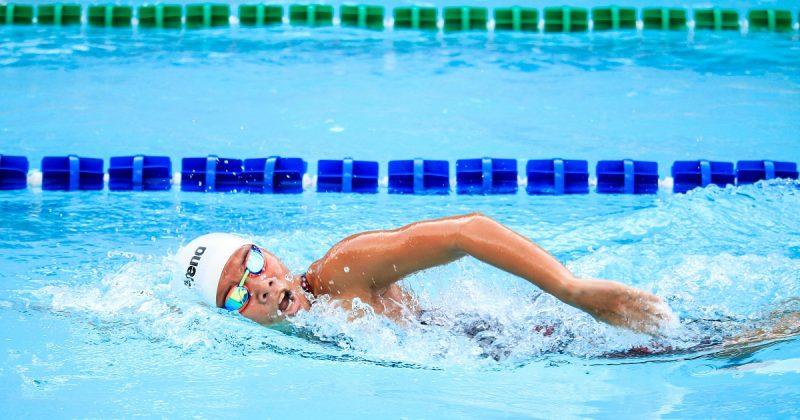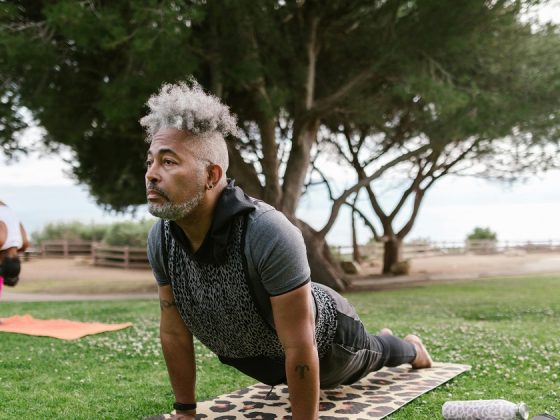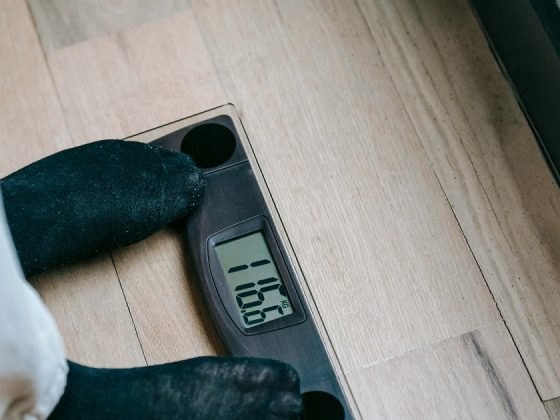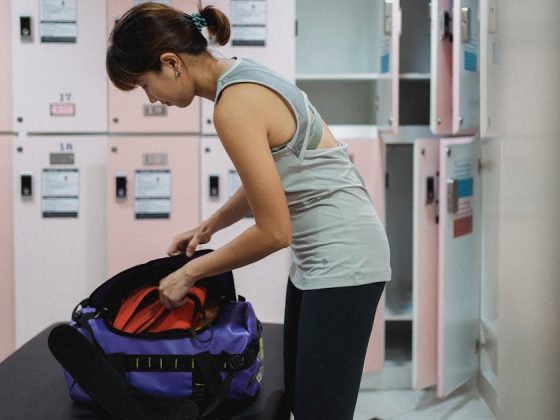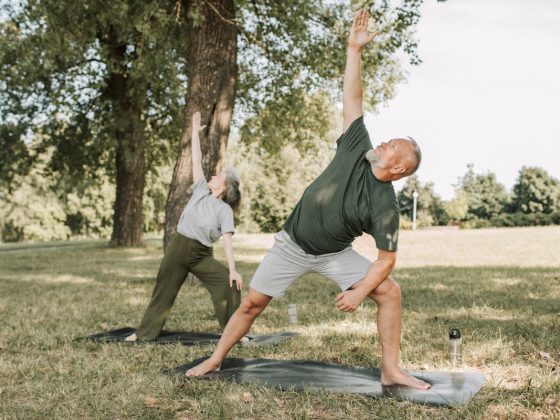Swimming is one of the most complete and enjoyable forms of exercise, offering both cardiovascular and muscular benefits. Whether you’re a novice looking to get comfortable in the water or an experienced swimmer seeking to refine your technique, there are always ways to enhance your skills. Improving your swimming skills involves not just physical practice but also understanding the mechanics of each stroke, optimizing body movement, breathing, and building endurance.
We will explore practical tips to improve your swimming skills, covering everything from basic techniques to advanced strategies that can transform your swimming routine. With consistent practice, patience, and dedication, you can become a stronger, faster, and more efficient swimmer.
10 Essential Tips to Improve Your Swimming Skills
Refining Your Breathing Technique
One of the most common challenges swimmers face is mastering their breathing. Proper breathing is essential for endurance, stroke efficiency, and comfort in the water.
Exhale Underwater
A common mistake many beginners make is holding their breath underwater. Instead, you should exhale continuously while your face is submerged, allowing you to take a quick, deep breath when your mouth is above the water. This reduces the time you spend gasping for air and helps maintain a more efficient stroke.
Practice Bilateral Breathing
Bilateral breathing means breathing on both sides while swimming freestyle. This creates balance in your stroke, prevents muscle imbalances, and improves your overall technique. If you’re used to breathing on just one side, alternate sides in every few strokes to build versatility.
Use Breathing Drills
Incorporating breathing drills into your training can help improve your technique. For example, in freestyle, focus on drills that emphasize smooth, rhythmic breathing, like the 3-5-7 drill (breathing every third, fifth, and seventh stroke alternately). This enhances lung capacity and breathing control.
Perfecting Your Body Position
Your body’s position in the water affects your speed, balance, and how much effort you need to expend.
Maintain a Horizontal Bodyline
To reduce drag and swim efficiently, your body should remain as horizontal as possible. Keep your head aligned with your spine and avoid lifting it too high, which can cause your legs to sink. A streamlined position helps minimize resistance in the water.
Engage Your Core
A strong core helps maintain a streamlined body position. Focus on engaging your abdominal muscles while swimming to stabilize your body and reduce unnecessary movements. Core workouts like planks and leg raises will also help improve your swimming posture.
Use Swim Fins
Swim fins can be a great tool for understanding and feeling proper body position. They provide propulsion, making it easier to maintain a horizontal bodyline. Start with short, controlled swims to get used to the sensation of swimming with fins, then transition to swimming without them while maintaining the same streamlined posture.
Enhancing Stroke Technique
The efficiency of your stroke determines how quickly and effortlessly you can move through the water. Whether you’re practicing freestyle, backstroke, breaststroke, or butterfly, refining your stroke mechanics is key to improving your swimming skills.
Lengthen Your Stroke
Many swimmers take quick, short strokes, but this wastes energy. Instead, focus on elongating your stroke by reaching forward with each arm pull. This increases your efficiency and helps cover more distance with each stroke. Aim to reduce the number of strokes you take per lap, gradually improving your distance per stroke (DPS).
Work on Early Vertical Forearm (EVF)
In freestyle, an early vertical forearm (EVF) is crucial for a powerful stroke. This technique involves keeping your elbow high while pulling through the water, maximizing the amount of water you can push behind you. The more water you can catch and push, the faster you’ll go. Practice with swim paddles to help build muscle memory and strength for this movement.
Improve Your Catch and Pull
In backstroke and freestyle, a good “catch” and pull are essential. The catch refers to the moment your hand enters the water and begins to pull through. Focus on pulling with a bent elbow to engage larger muscle groups like your lats, instead of relying on your arms and shoulders alone.
Building Endurance and Strength
Endurance is crucial in swimming, whether you’re training for a race or simply trying to improve your fitness. Strength, especially in your core and upper body, also plays a significant role in efficient swimming.
Incorporate Interval Training
Interval training helps build stamina and speed. Start by swimming at a fast pace for a set distance or time, then recover with a slower swim or rest period. Repeat these intervals, gradually increasing intensity and duration. This type of training improves cardiovascular fitness and conditions your body to maintain speed over longer distances.
Use Resistance Gear
Resistance gear such as hand paddles, drag suits, or resistance bands can increase the difficulty of your swims. By adding resistance, you strengthen the muscles involved in your strokes, leading to improved strength and endurance. Just be cautious not to overuse resistance gear, as it can lead to muscle fatigue or injury if not used correctly.
Cross-Train for Strength
Strength training outside the pool can greatly benefit your swimming. Exercises that target your arms, shoulders, back, and legs will help you generate more power in the water. Activities like weightlifting, yoga, and pilates can complement your swim training by building strength, flexibility, and core stability.
Mastering Turns and Push-offs
Turns and push-offs are often overlooked but can make a significant difference in your overall performance, particularly in competitive swimming. Improving your turns can help maintain momentum and reduce the time spent between strokes.
Practice Efficient Flip Turns
A good flip turn can make a huge difference in your lap time. As you approach the wall, begin your flip turn by tucking your chin to your chest, bringing your knees toward your stomach, and pushing off the wall with your feet. Focus on a smooth, fast rotation and a strong push-off to maximize your speed as you leave the wall.
Streamline Off the Wall
A strong, streamlined push-off from the wall can set you up for an efficient next lap. After each turn, push off with your arms extended and your body in a tight, streamlined position to reduce drag. Glide as long as possible before starting your first stroke. Practice this during warm-ups and cool-downs to make it second nature.
Improving Your Kick
Your kick plays a significant role in propelling you forward, but it must be efficient and well-timed.
Develop a Steady, Small Kick
Many swimmers use a powerful but inefficient kick, which can quickly lead to fatigue. Instead, focus on a steady, rhythmic kick, with small, fast movements originating from your hips rather than your knees. This type of kick helps maintain your body position and contributes to forward momentum without tiring you out too quickly.
Use Kickboards for Practice
Kickboards are a great way to isolate your kicking motion and improve leg strength. Spend time focusing purely on your kick by incorporating kickboard drills into your routine. Work on both your flutter kick (freestyle) and dolphin kick (butterfly), ensuring you keep your legs straight and feet pointed for maximum propulsion.
Experiment with Fins
Fins are another great tool for improving your kick. They increase resistance and help build strength in your legs. Use them to practice your kicks, but be mindful of not over-relying on fins. Once you’ve built up strength, transition back to swimming without them to maintain proper form and efficiency.
Mental Strategies for Swimming Improvement
Swimming is as much a mental challenge as it is a physical one. Cultivating mental toughness and focus will help you push through difficult training sessions and competitions.
Set Specific Goals
Setting clear, achievable goals is crucial for sustained improvement. Whether it’s swimming a certain distance, improving your time, or mastering a particular stroke, having goals gives you something to work toward. Break down larger goals into smaller milestones and celebrate each achievement along the way.
Visualize Success
Visualization is a powerful mental tool. Before swimming, take a few moments to visualize yourself completing the workout or race successfully. Picture yourself executing each stroke perfectly, turning efficiently, and finishing strong. This mental rehearsal can help reduce anxiety and improve your overall performance.
Stay Positive and Patient
Progress in swimming can be slow, especially when working on new techniques. Stay patient and maintain a positive attitude, even when things don’t go as planned. Focus on consistent, small improvements rather than expecting immediate perfection. Celebrate your progress, no matter how incremental.
Seeking Professional Guidance
While self-practice is important, sometimes professional guidance can accelerate your improvement. A swim coach can identify specific areas for improvement, offer personalized feedback, and provide drills and exercises tailored to your needs.
Take Swimming Lessons
Regardless of your skill level, taking swimming lessons from a certified coach can help refine your technique. A coach will spot technical flaws that you may not notice, suggest corrective measures, and help track your progress.
Use Video Analysis
Watching yourself swim can be incredibly insightful. Many swim coaches offer video analysis services, where they film your swimming sessions and analyze your technique. This allows you to visually see what you need to improve and track your development over time.
Join a Swim Club or Group
Swimming with others can provide motivation, camaraderie, and a sense of accountability. Joining a swim club or group can also expose you to a variety of training techniques and challenges that will help you improve faster.
Tracking Your Progress
Tracking your progress is essential for staying motivated and improving your swimming skills.
Keep a Swim Journal
A swim journal is a great way to record your workouts, track your progress, and identify patterns. Note down the distances you swam, the drills you completed, and how you felt during each session. This helps you see improvements over time and make adjustments to your training plan if necessary.
Measure Your Time
Timing yourself regularly can give you a clear sense of your progress. Set specific time goals for each swim session and challenge yourself to beat your previous times. Use a waterproof watch or a pool timing system to monitor your progress accurately.
Use Swim Tracking Devices
Swim tracking devices, such as waterproof fitness watches, can help monitor your performance. These devices track your speed, distance, stroke count, and even heart rate, providing detailed data that can inform your training and recovery strategies.
Incorporating Rest and Recovery
Rest and recovery are crucial elements of any training plan. Without proper recovery, your muscles can’t repair and grow, which can hinder your performance.
Prioritize Sleep
Adequate sleep is essential for recovery and performance. Aim for at least 7-9 hours of sleep per night, especially after intense swim sessions. During sleep, your body repairs muscle tissues and restores energy levels.
Hydrate and Fuel Your Body
Even though you may not feel like you’re sweating while swimming, you still lose fluids. Stay hydrated before, during, and after your swim sessions. Additionally, fuel your body with a balanced diet rich in protein, carbohydrates, and healthy fats to support muscle recovery and energy levels.
Schedule Rest Days
Overtraining can lead to injury and burnout. Make sure to include rest days in your training plan to allow your body to recover. Active recovery, such as light swimming or stretching, can also help promote blood flow and speed up the healing process.
The Key to Improvement is Consistency
Improving your swimming skills is a journey that requires dedication, practice, and patience. By focusing on proper technique, building endurance, and incorporating smart training strategies, you can make steady progress. Remember, the key to improvement is consistency—keep practicing, stay patient, and enjoy the process of becoming a better swimmer.
By following these tips to improve your swimming skills, you’ll be well on your way to mastering the pool and achieving your swimming goals!
